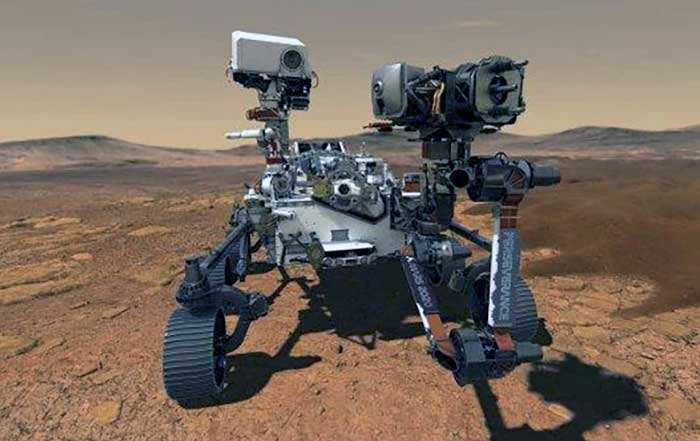For centuries, humanity has looked up to the sky and wondered what lies beyond our planet. In the modern era, space exploration has become a reality and a crucial component of humanity’s quest to understand the universe. In recent years, robotics has become an essential part of space exploration, allowing us to explore deeper and farther than ever before.
Robotics plays an important role in space exploration for a number of reasons. Firstly, robots allow us to explore areas of space that would otherwise be inaccessible to human astronauts. For instance, many robotic probes have been sent to explore distant planets, moons and asteroids that would be too far away or too hazardous for human exploration.
Robots can also traverse space in much shorter periods of time than humans. For instance, robotic probes can reach their destination faster than a human-crewed spacecraft, allowing us to explore more distant places in less time. In addition, robots can stay in space for longer periods of time than humans, making them ideal for long-term exploration missions.
Robots are also able to perform tasks that would be too dangerous for human astronauts. For instance, robots can be sent to investigate hazardous regions of space, such as near black holes or other extreme environments. They can also be used to perform maintenance and repair tasks on spacecraft, as well as to collect samples from distant planets or asteroids.
Robotics technology is constantly evolving, allowing us to explore even further. For instance, robots can now be equipped with advanced sensors and cameras, allowing them to take high-resolution images and conduct detailed analysis of distant regions of space. They can also be equipped with tools to perform complex tasks, such as drilling into the surface of an asteroid or collecting samples from distant planets.
Robotics technology is also being developed to allow us to explore even further. For instance, robots can now be equipped with artificial intelligence and machine learning algorithms, allowing them to make decisions and operate autonomously. This could allow us to explore more distant regions of space with greater efficiency, as the robots would be able to process data and make decisions on their own.
In conclusion, robotics has become an invaluable tool in space exploration, allowing us to explore deeper and farther than ever before. Robots can travel to distant places faster than humans, perform hazardous tasks and collect data from extreme environments. Robotics technology is also constantly evolving, allowing us to explore even further and with greater efficiency. As robotics technology continues to advance, it will undoubtedly continue to have a major role to play in space exploration for years to come.








